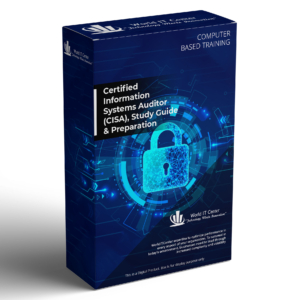CyberSecurity
Cybersecurity is the digital fortress protecting systems and data from malicious attacks. It involves implementing measures to safeguard against unauthorized access, breaches, and disruptions, ensuring a resilient and secure digital environment.
Here are the key features of cybersecurity:
- Firewalls: These act like gatekeepers, monitoring and controlling incoming and outgoing network traffic.
- Encryption: It’s like turning your data into secret code. Even if someone gets their hands on it, they can’t make sense of it without the key.
- Antivirus Software: Your virtual immune system. It detects and removes malicious software, or malware.
- Intrusion Detection Systems (IDS) and Intrusion Prevention Systems (IPS): These tools watch over networks and systems for any signs of malicious activity and can either alert or take preventive action.
- Multi-Factor Authentication (MFA): Just like needing both a key and a fingerprint to unlock a safe, MFA adds an extra layer of security by requiring multiple forms of identification.
- Regular Software Updates: Keeping your software up-to-date is crucial. Developers often release updates to patch vulnerabilities.
- Security Training and Awareness: Humans can be the weakest link. Training employees to recognize and avoid security threats is essential.
- Access Controls: Only giving people the access they absolutely need reduces the chances of unauthorized entry.
- Backup and Recovery Plans: If something does go wrong, having a backup ensures you don’t lose everything. And having a recovery plan helps you get back on your feet quickly.
- Incident Response Plans: Knowing what to do if there is a security breach is vital. A good incident response plan can minimize damage.
- Security Audits and Testing: Regularly checking your systems for vulnerabilities through audits and testing ensures you’re on top of potential risks.
- Display 15 Products per page














